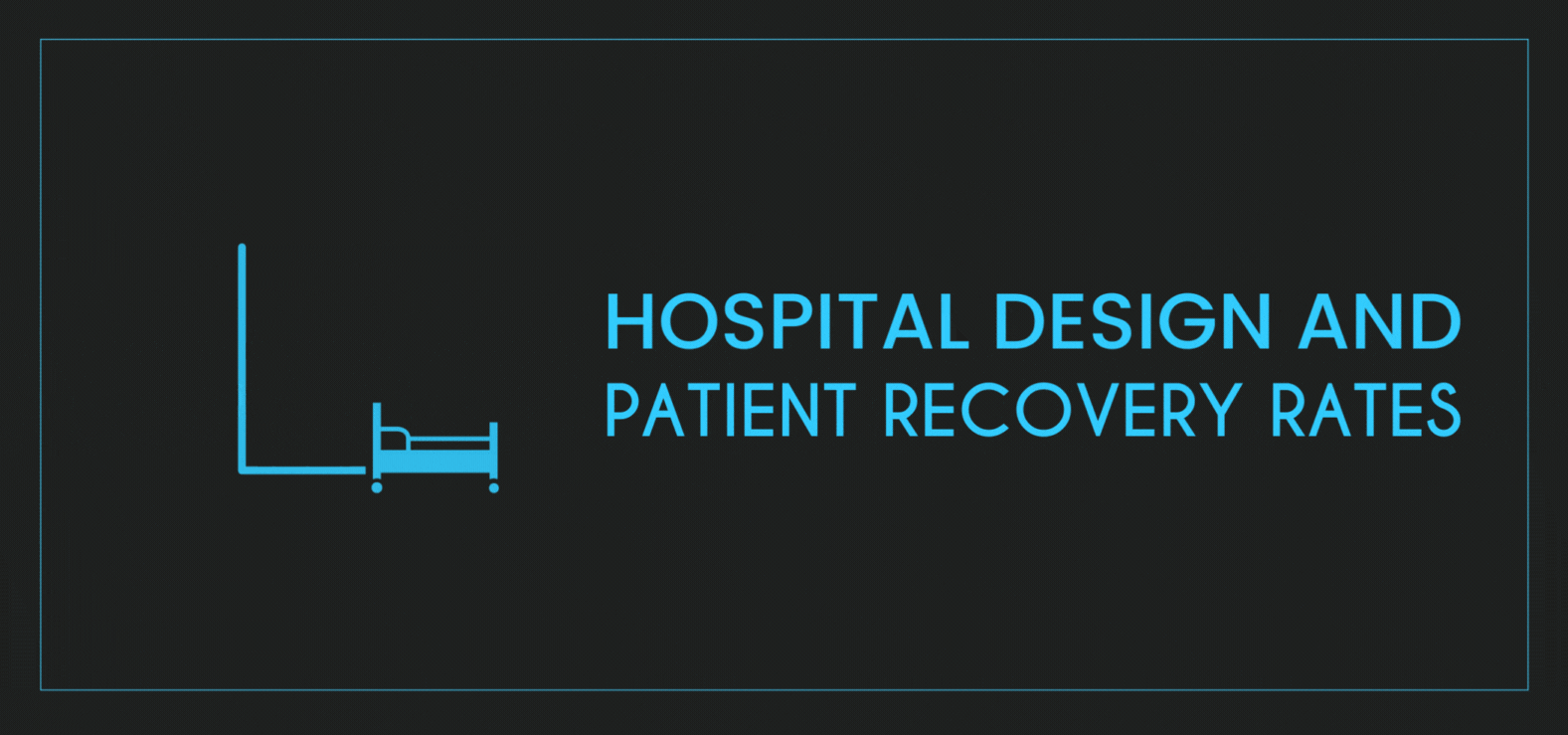01-04-2022
Can hospital design improve our mental health too? Ravideep Singh

Mental health is an integral part of an individual’s overall well-being, especially in a clinical setting. For instance, health checkups, doctors’ appointments, or even visiting loved ones in a hospital can trigger stress and anxiety, thereby increasing the risk of mental health disorders. The World Health Organization’s data suggests that one in every five individuals in India suffers from a mental health disorder. As we become more culturally liberal and let go of the social stigmas associated with mental health, there is a growing awareness, acknowledgement and acceptance of behavioural health disorders as normal, treatable conditions.
Today, designing for mental health is no longer confined to facilities catering to patients with mental health disorders alone. Healthcare planners have also started to adopt planning strategies and design elements that are particularly effective in responding to patients with even some degree of behavioural health disorder. Consequently, we have witnessed a rational shift in healthcare design wherein we emphasise how design strategies and elements work and interact with the users rather than only how they appear.
Healthcare architects and designers have also now begun to acknowledge mental health as a crucial component of one’s overall health. Hence, the planning of hospitals is seamlessly driven by a ‘patient and care-giver’ centric approach which attempts to reduce stress by designing departments, waiting rooms and other patient areas that offer a certain degree of flexibility for privacy and interaction, ergonomic variability and acoustic comfort. Architects and designers are also creating family areas wherever possible to keep loved ones close to the patients.
With several Evidence-based studies available to suggest positive impacts on patients as a result of enhanced patient experience, a patient-centric approach is what drives healthcare design at CDA. The most appropriate way to elevate patient experience lies in neuroscience, where it is imperative to understand a patient’s state of mind, which is generally susceptible to high degrees of stress-induced due to factors like the anxiety of treatment, invasion of privacy, separation from loved ones, poor acoustics, etc. We strive to mitigate these by introducing positive distractions such as scenic views to the outside, abundant daylighting, specific colours and biophilic-themed artwork, and access to safe courtyards and nature-centric outdoor spaces. Most importantly, flexibility and choice help patients gain a certain degree of control over what is assumed to be taken away from patients in a hospital. Studies show that small design interventions such as public and private waiting areas, flexibility to sit on high or lounge seating, etc., have positively elevated the patient experience.
A few fundamental changes in our approach to mental health, design and architecture can drive the healthcare industry towards a more inclusive and safe environment.















